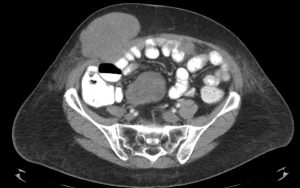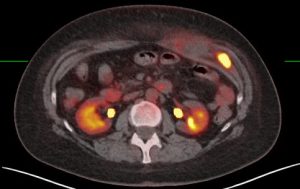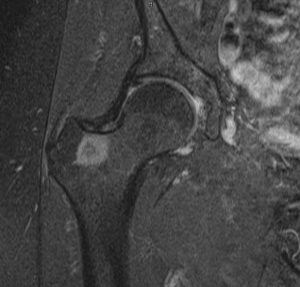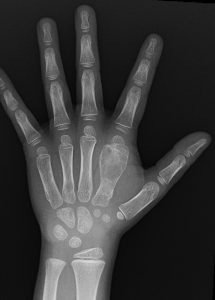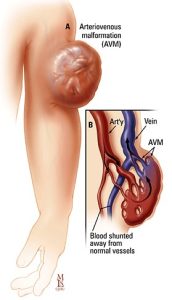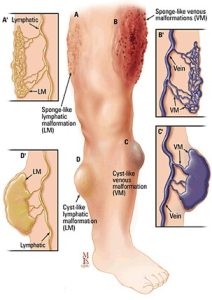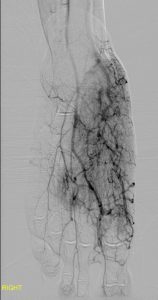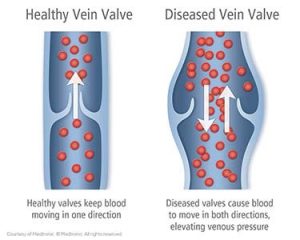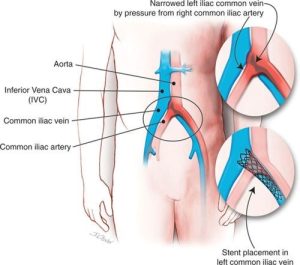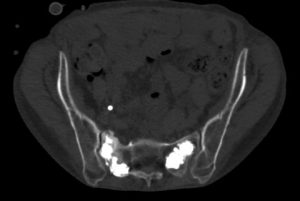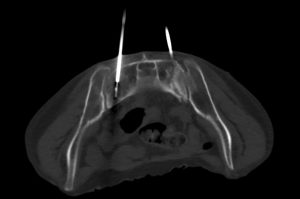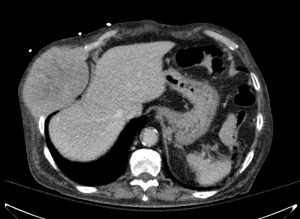Minimally Invasive Image-Guided Musculoskeletal Therapies
General Information
Substantial advances in percutaneous image-guided minimally invasive musculoskeletal oncologic treatments offer a robust armamentarium for radiologists for management of patients with cancer who have musculoskeletal involvement. Such procedures including bone thermal ablation, musculoskeletal soft tissue thermal ablation, cementoplasty (including vertebral augmentation), neurolysis, embolization, as well as palliative injections, are offered by sub-specialized radiologists to achieve durable, timely, safe, and effective palliation as well as local tumor control in multidisciplinary setting.

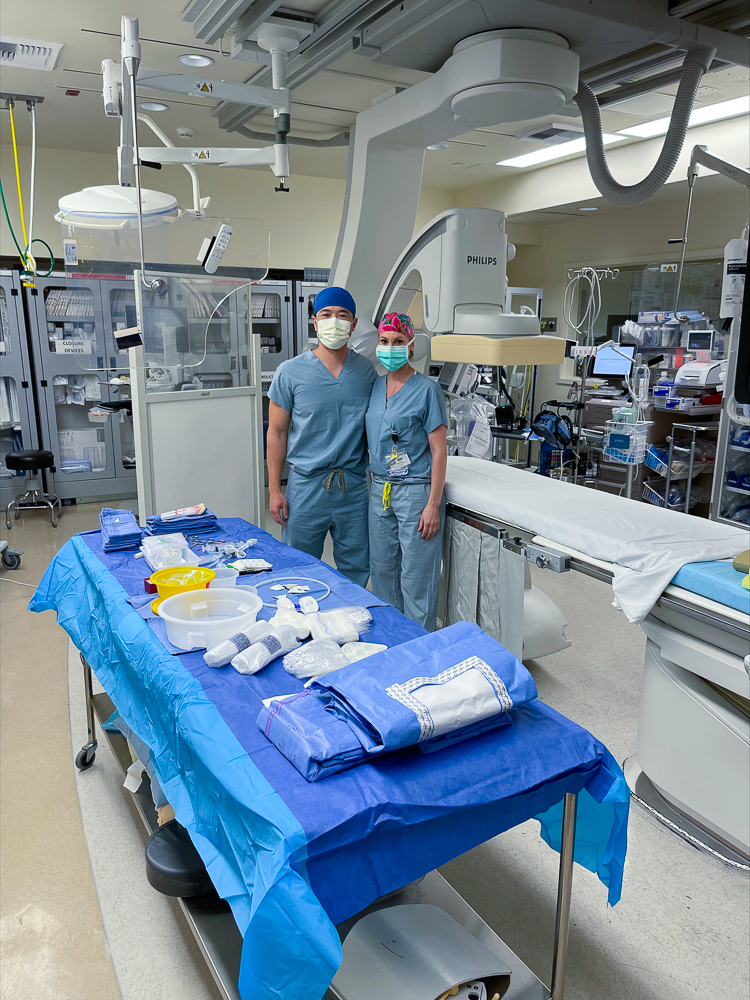
Musculoskeletal Oncologic Treatments
Minimally invasive musculoskeletal oncologic treatments are endorsed by the National Comprehensive Cancer Network and the American College of Radiology and incorporated into treatment guidelines for patients with musculoskeletal tumors. The multi-disciplinary goals of musculoskeletal oncologic treatments in patients with musculoskeletal tumors are to achieve symptom palliation and local tumor control. Such treatments are also performed with curative intent in patients with skeletal oligometastatic disease.
These procedures are typically performed in conjunction with or supplemented by adjuvant radiation therapy, chemotherapy, or surgery and usually do not hinder other treatments such as systemic therapies or clinical trial enrollment.
How To Schedule an Appointment
Schedule a Consultation here: 855-UCIMSK1 (855-824-6751)
Comprehensive Services Offered
We treat a wide range of benign and malignant musculoskeletal pathologies.
Bone and Soft Tissue Ablation
Radiofrequency ablation, Cryoablation, Microwave, Non-Thermal Ablation- IRE and PEF
Advantages:
|
|
- What is bone or soft tissue tumor ablation and how does it work?
- Ablation is a minimally invasive treatment to destroy cancerous cells or tumors using heat, cold or pulsed electrical fields.
- What are the Indications for ablation?
- Pain associated with a benign or malignant tumor in bone or soft tissues
- You are not a surgical candidate or the tumor is in a high risk location for surgery
- You want to decrease your tumor size to be a better canidate for surgery or radiation
- Your tumor does not respond well to chemotherapy
- You do not want sugery or radiation treatment
- You have pain from your tumor and want a palliative treatment that is minimally invasive
- Examples of musculoskeletal tumors that can be treated by ablation
- Osteoid Osteoma, chondroblastoma, aneurysmal bone cyst
- Painful Bone Metastasis
- Painful soft tissue metastasis or masses
- Primary bone tumors that can’t undergo resection
- How is the procedure performed?
-
- Percutaneous ablation is a minimally invasive procedure where a specialized ablation needle (applicator) is placed into the target tumor under image guidance with CT, US and/ or fluoroscopy. The needle uses extreme heat9 (Radiogrequency ablation and Microwave ablation), extreme cold (Cryoablation) or non-thermal electrical pulses (IRE) to kill tumor cells while surrounding tissue is preserved.
-
- Can be combined with bone stabilization for impending or current fractures?
- Bone stabilization can be performed by injecting cement into the targeted bone, percutaneous screw fixation percutaneous polymer implant, or a combination of the above.
Cryoablation:
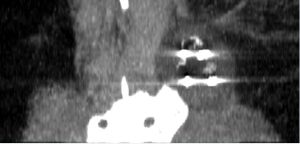 |
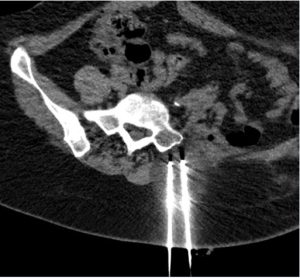 |
Radiofrequency Ablation:
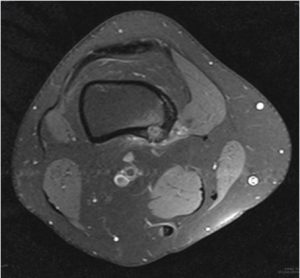 |
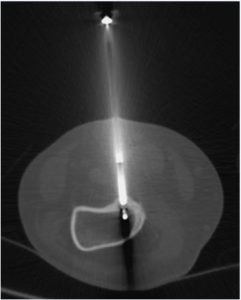 |
Tumor Embolization
Advantages:
| Minimally invasive | Palliative pain control |
| Slowing tumor growth when surgery or systemic therapy isn’t possible | Shrinking tumor or reducing blood loss for surgery |
- What is tumor embolization?
- Tumor embolization is a minimally invasive procedure where a small catheter is guided through your blood vessels to shut down the blood supply to the tumor or inject chemotherapy directly to the tumor. By Blocking the blood supply, oxygen and nutrients are cut off from the tumor, causing it to die. The tumor can shrink and offer pain relief.
- Online information: https://www.radiologyinfo.org/en/info/cathembol
BEFORE: AFTER:

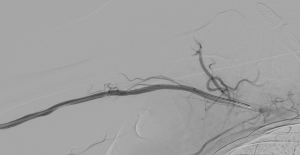
Bone Tumor Percutaneous Sclerosis
- Indications:
- Aneurysmal Bone Cysts, Unicameral Bone Cyst
Treatment of Vascular Malformations
Vein Disease of the Lower Extremity
- Superficial venous reflux
- Online information:
Genicular Artery Embolization for Knee Osteoarthritis
- Advantages:
- Minimally invasive treatment for osteoarthritis aimed to decrease the blood flow to the lining of your knee that is inflamed, called the synovium. This can help manage the symptoms associated with osteoarthritis.
- Indications:
- Patients with symptomatic moderate to severe osteoarthritis who are not yet ready to under a knee replacement or who are not surgical candidates.
- Online information:
Kyphoplasty and Vertebroplasty
- Indications:
- Patients with pathologic, osteoporotic, or traumatic fractures of the spine casusing severe or debilitating pain.
- Can be combined with ablation and/or biopsy of a tumor at the same time
- Online Information:
Sacroplasty
- Indications:
- Patients with pathologic, osteoporotic, or insufficiency fractures of the sacrum causing severe or debilitating pain.
- Can be combined with ablation and/or biopsy of a tumor at the same time.
Nerve Block, Joint Injection, Chemical (alcohol) Neurolysis or Cryoneurolysis for pain
- Advantages:
- Minimally invasive
- Opioid-free pain relief alternative
- Image Guided Procedures:
-
Nerve blocks:
- Intercostal nerve and erector spinae block: Pain from ribs, sternum, chest wall, lung and pleura, breast, upper abdomen
- Transabdominal plane block: Pain from abdominal wall masses or prior surgery
- Celiac plexus: Abdominal or back pain
- Superior hypogastric nerve: Pelvic pain
- Ganglion Impar: Pain in lower pelvis/ rectum/ vagina
- Pudendal nerve: Perineal or pelvic pain
- Sacroiliac joint : Low back and buttock pain
Permanent Nerve Treatments:
- Cryoneurolysis
- Alcohol Neurolysis
Ablation Lumbar sympathectomy:
- Injection to sympathetic nerves that increase the blood flow to the skin on your legs and help with healing or lower extremity and pelvic pain
-
- Example patients that can benefit:
- Rib or chest wall pain from a mass
- Breast pain from a mass or after mastectomy
- Abdominal wall or rectus muscle metastasis with pain
- Lower extremity pain from cancer, refractory peripheral arterial disease or lymphadema
- Pudendal neuralgia
- Pelvic pain from cancer
- Online information: https://www.radiologyinfo.org/en/info/nerveblock
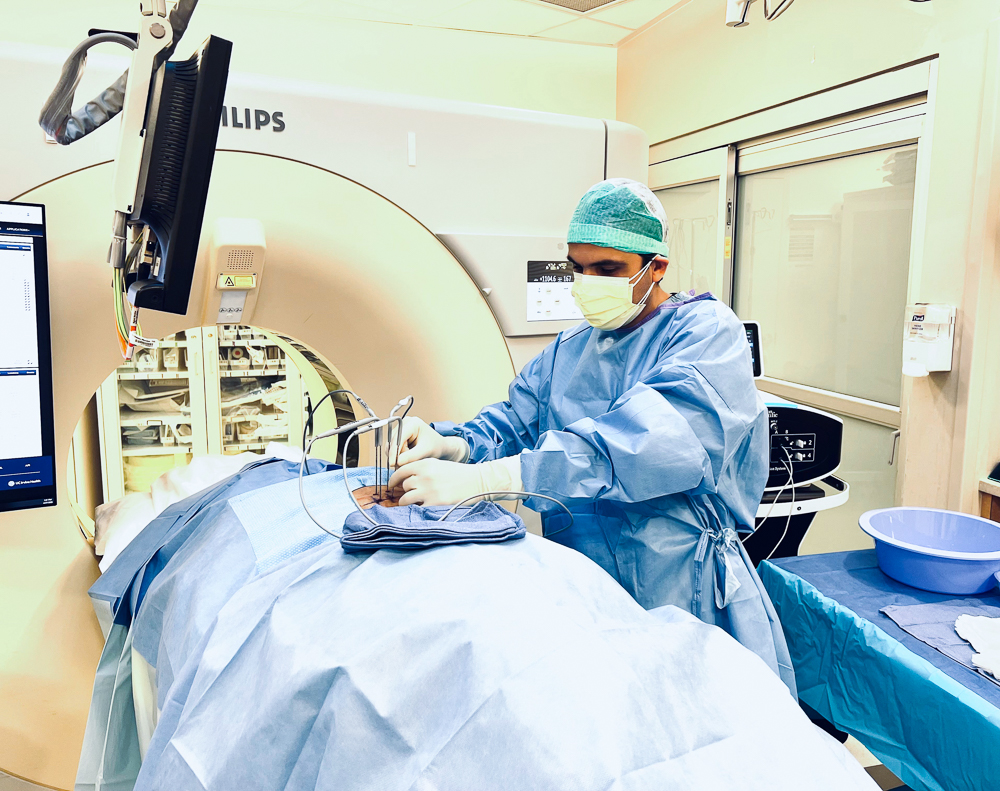
Musculoskeletal and Pain Treatments Radiology Co-Directors:
Partners:
- Interventional Radiology & Musculoskeletal Imaging Team: Faculty Physicians | Department of Radiological Sciences (uci.edu)
- Orthopedic Oncology Team: Dr. Amanda Goldin and Dr. Russell Stitzlein
Location:
- Procedures are performed at: UCI Medical Center – 101 City S Dr., Orange
- Consultations will be done at: UCI Medical Center Pavilion 3 – 101 City S Dr, Orange, CA / UCI Multispecialty Clinic – 1451 Irvine Blvd., Tustin, CA


